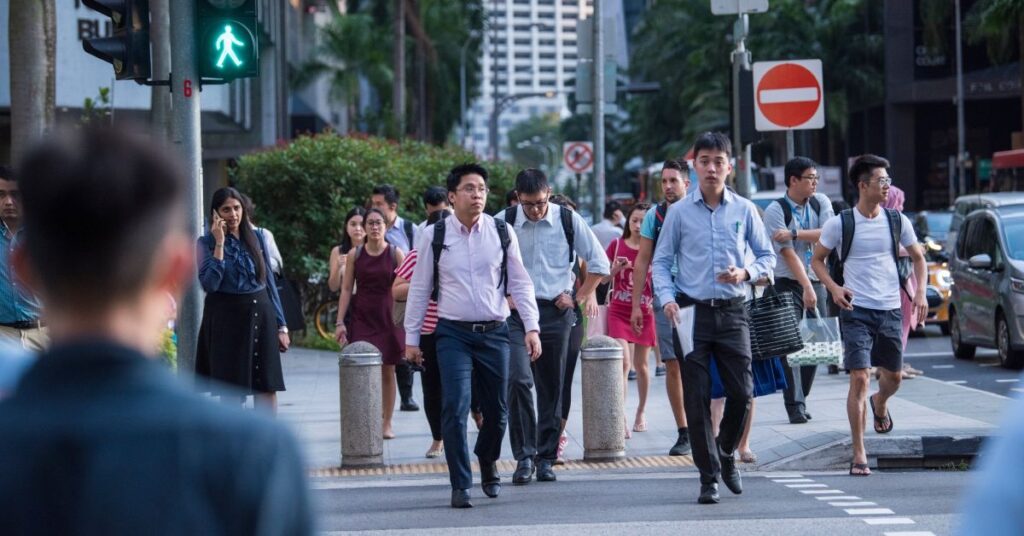As part of his vision to “make America wealthy again,” United States President Donald Trump announced on Wednesday (April 2) that he would impose a 10% baseline tariff on all goods coming into America from anywhere in the world, including Singapore.
Framing it as a declaration of economic independence, he also introduced hefty “reciprocal” tariffs on at least 60 trading partners, singling out what he called the “nations that treat [the US] badly” for levying “excessively high duties” on American products.
Asian economies bore the brunt of these measures. China now faces a new 34% tariff on its exports to the US, adding to the existing 20% that Trump had already imposed on the country for not doing enough to combat fentanyl trafficking.
In Southeast Asia, Cambodia was hit hardest with a 49% tariff, followed by Vietnam at 46%, Thailand at 36%, and Indonesia and Taiwan at 32% each. Malaysia faces a 24% tariff, while the Philippines is subject to a 17% duty.
The baseline tariffs are set to take effect at midnight on April 5 (12 p.m. on April 6, Singapore time), and the reciprocal tariffs will kick in at midnight on April 9.
Here’s an overview of the tariffs imposed on different countries:

What does this mean for Singapore and the rest of the world?
Trump’s policy represents the most significant shake-up of the global trade system since World War II, and it is only a matter of time before America’s trading partners respond with tariffs of their own.
With the U.S. accounting for about 15% of global trade, these tariffs are set to have significant consequences on the world economy.
Analysts assessing the impact of these measures have drawn comparisons to the Smoot-Hawley Tariff Act of 1930, which imposed 20% tariffs on most imports and played a role in deepening the Great Depression.

In 2024, the United States was one of Singapore’s top trading partners, and a recent Monetary Authority of Singapore (MAS) survey showed financial institutions here were most concerned that intensifying trade tensions could impact the country’s growth and reignite inflation.
Another flash survey done by the American Chamber of Commerce in Singapore yesterday also found that nearly seven in 10 (69%) of companies in Singapore expect the new tariffs to have a significant or moderate negative impact on their operation.
45% of these firms plan to pass on the increased costs from the new US tariffs to their customers, while others intend to respond by diversifying their supply chains to reduce their reliance on high-tariff markets, or seizing opportunities to gain market share from competitors who are slower to adapt.
…but Singapore should be in a good spot
Singapore’s strong fiscal position—reflected in a fiscal surplus of S$6.4 billion in FY2024—gives the government flexibility to manage external economic challenges.
That said, with 2025 being an election year, there could be some political uncertainty, which may affect economic confidence. Regardless of which party leads the nation, it will have to navigate ongoing geopolitical tensions and navigate the new Trump’s era.
A stable government plays an important role in maintaining consistent policies to navigate global economic changes. Singapore has a well-established reputation for political stability, reinforcing its position as a secure and reliable economy.
- Read other articles we’ve written on Singapore’s current affairs here.
Featured Image Credit: The White House










